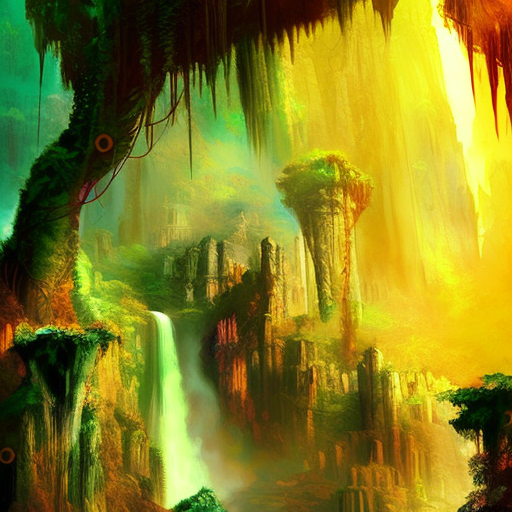One-line Summary:
“The Jungle Books” is a collection of captivating stories that follow the adventures of Mowgli, a young boy raised by wolves in the Indian jungle, as he navigates the challenges of survival and encounters various animal characters.
The Adventures of Mowgli:
“The Jungle Books” by Rudyard Kipling is a collection of stories that revolve around the life of Mowgli, a human child who is adopted and raised by a pack of wolves in the Indian jungle. The book is divided into two parts, with each part containing a series of short stories that follow Mowgli’s experiences and interactions with the animal kingdom.
In the first part, titled “Mowgli’s Brothers,” we are introduced to Mowgli and witness his upbringing among the wolves. He learns the laws of the jungle from Baloo, the wise bear, and Bagheera, the cunning black panther. Mowgli’s journey is filled with excitement and danger as he faces off against Shere Khan, the fierce tiger who seeks to kill him. Along the way, he befriends other animals such as Kaa, the python, and Hathi, the wise elephant.
The second part, titled “The Second Jungle Book,” continues Mowgli’s adventures as he grows older and faces new challenges. He encounters the Bandar-log, a tribe of mischievous monkeys, and becomes entangled in their antics. Mowgli also meets the wise white cobra, Rikki-Tikki-Tavi, the brave mongoose who protects his human family from deadly cobras. These stories further explore the themes of loyalty, friendship, and the struggle between civilization and the wild.
Themes of Nature and Identity:
One of the central themes in “The Jungle Books” is the relationship between humans and the natural world. Kipling explores the idea of finding one’s place in nature and the importance of understanding and respecting the laws of the jungle. Mowgli’s journey represents the struggle to reconcile his human identity with his animal upbringing, highlighting the complex nature of identity and the influence of one’s environment.
Another significant theme is the balance between civilization and the wild. Kipling portrays the jungle as a place of freedom and adventure, contrasting it with the constraints and rules of human society. Through Mowgli’s experiences, the author questions the impact of civilization on the individual and the potential loss of connection with the natural world.
Lessons and Takeaways:
- The importance of embracing diversity and accepting others who are different from us.
- The significance of loyalty and friendship in overcoming challenges.
- The need to respect and live in harmony with nature.
- The exploration of identity and the influence of one’s environment.
- The balance between civilization and the wild.
“Now, don’t be angry after you’ve been afraid. That’s the worst kind of cowardice.” – Rudyard Kipling
In conclusion, “The Jungle Books” is a captivating collection of stories that transport readers into the enchanting world of Mowgli and the Indian jungle. Through Mowgli’s adventures, Rudyard Kipling explores themes of nature, identity, and the balance between civilization and the wild. The book offers valuable lessons on diversity, loyalty, and the importance of living in harmony with the natural world. With its memorable characters and timeless storytelling, “The Jungle Books” continues to captivate readers of all ages.












